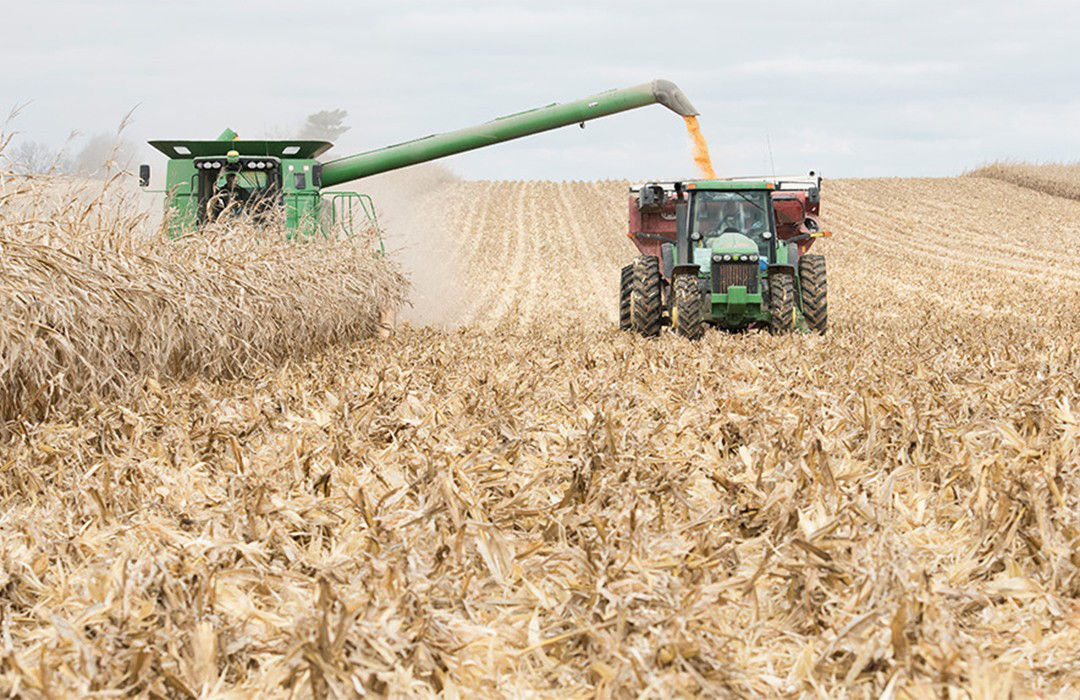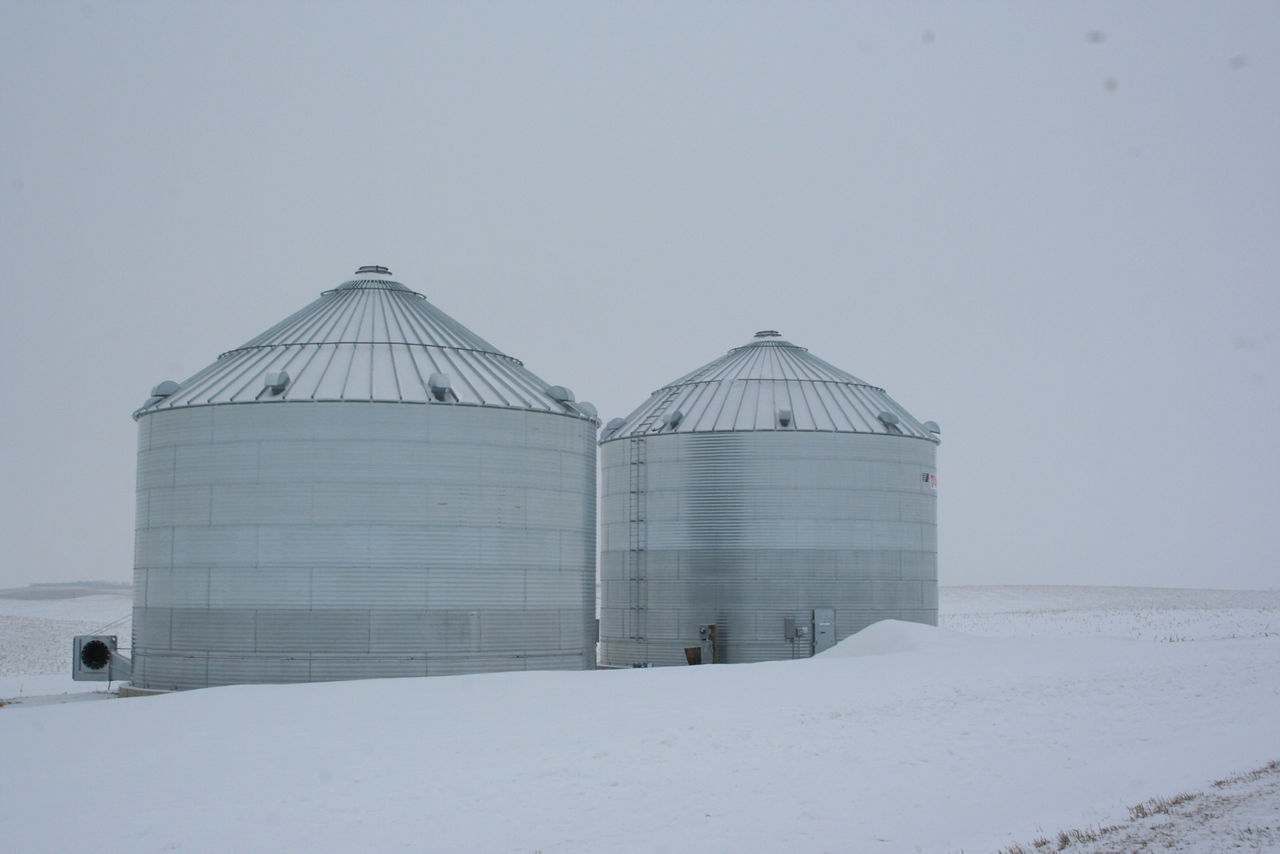3 MIN READ
Harvest Safety Tips
June 6, 2023
During harvest (Figure 1), farmers must be aware of the potential for fatigue and inattentiveness that may increase the possibility of injury when using farm equipment. In addition, farm workers need to know the hazards of flowing grain and how to prevent a grain entrapment situation. Taking shortcuts to perform routine tasks may increase the risk for injury, so it is important to take the extra time to stay safe and perform tasks properly.1

Figure 1. Harvesting corn
Equipment Safety
Safety tips for farm workers include:
- Thoroughly inspect farm equipment before use.
- To help decrease operator fatigue, shut the machinery off to do a walk-around visual inspection of the equipment at least once every hour.
- Stay hydrated to help maintain awareness.
- To reduce fall hazards, use grab bars when mounting and dismounting machinery, and wear non-slip shoes.
- When transporting machinery on roads, have these items in place: reflectors or flashers from the manufacturer or approved by the Department of Transportation (DOT), a slow-moving vehicle sign, and red flags on each end of wide implements (e.g., planters, combine headers, sprayers). Most accidents and injuries that involve equipment occur while machinery is in operation.
- Idle machinery can also be dangerous to workers. It is important to take care when doing a preharvest inspection, making sure that basic safety checks are in place.
- Keep all guards, shields, and access doors in place while operating equipment.3
- Keep children and animals away from working areas or equipment that is in operation
The following are some important steps to follow during machinery maintenance:
- Before working on equipment, make sure the machine is turned off and in park or neutral with the parking brake engaged. The process of un-plugging crop material from a combine or baler can be especially dangerous if the power unit is running.1
- The front loader and any other raised implements on a tractor, as well as combine headers, should be lowered to the ground prior to performing maintenance.
- Wait several minutes after turning off farm equipment to make sure all parts have completely stopped moving.
- Always refer to the manufacturer’s manual before performing any maintenance.
